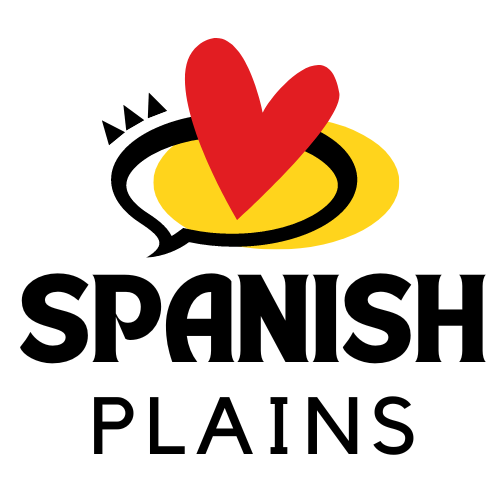Introduction
Seville’s Spring Fair, known as Feria de Abril, is one of the most anticipated events in the vibrant region of Andalusia, Spain. This annual celebration brings together locals and visitors alike to revel in the rich cultural heritage and exuberant festivities that define Andalusian tradition. The fair showcases flamenco dances, colorful costumes, lively music, delicious food, and the famous “casetas,” festive tents where people come together to dance, socialize, and enjoy the fair’s vibrant atmosphere.
History and Significance
The origins of Seville’s Spring Fair can be traced back to the mid-19th century when it started as a cattle fair. Over time, the fair evolved into a celebration of Andalusian culture and traditions. Today, it serves as a platform to showcase the region’s rich history while also honoring the contributions of the agricultural sector.
Days and Preparation
The fair typically begins two weeks after Easter and lasts for six days. Months of preparation go into creating the festive ambiance that attracts both locals and tourists. The Real de la Feria, a dedicated fairground area, is transformed with thousands of decorative lights, colorful paper lanterns, and festive adornments. The streets of Seville come alive as locals prepare their traditional costumes and graceful horses for the grand procession that marks the official opening of the fair.
Festivities and Activities
During the fair, the streets are filled with people dressed in traditional Andalusian attire. Women wear flamenco dresses known as “trajes de flamenca,” characterized by vibrant colors, ruffles, and beautiful floral patterns. Men typically don suits, including embroidered jackets and wide-brimmed hats. Visitors can witness lively flamenco performances, horse carriage parades, and traditional bullfighting exhibitions. The festive atmosphere is enhanced by the sevillanas, a traditional dance performed with passion and joy.
One of the highlights of Seville’s Spring Fair is the “casetas,” temporary tents erected by public institutions, associations, and private individuals. These casetas act as social hubs where friends, family, and acquaintances gather to eat, drink, and dance together. Dancing Sevillanas, eating traditional tapas, and drinking rebujito, a refreshing cocktail made of sherry wine and soda, are essential experiences at the fair.
Delicious Gastronomy
Seville’s Spring Fair is a haven for food enthusiasts. The fair boasts a wide array of traditional Andalusian dishes. From typical tapas like fried fish, croquettes, and ham to mouthwatering paella, grilled meats, and gazpacho soup, visitors can delight their taste buds with the region’s culinary delights. The fair is also famous for its sweets, such as pestiños, torrijas, and polvorones, which are best enjoyed with a cup of Spanish coffee.
FAQs Section
1. What are the dates for Seville’s Spring Fair?
The fair typically takes place two weeks after Easter and lasts for six days. The dates vary each year, so it is advisable to check the official schedule in advance.
2. Can tourists participate in the fair?
Absolutely! Seville’s Spring Fair welcomes tourists from all over the world to join in the festivities. Visitors can enjoy the traditional dances, the delicious food, and the vibrant atmosphere. However, it is recommended to familiarize oneself with the fair’s customs and etiquette to fully respect the traditions and traditions of the locals.
3. How do I dress for the fair?
While there is no strict dress code, embracing the traditional Andalusian attire adds to the overall experience. Women can wear flamenco dresses, and men can opt for suits with traditional embroidered jackets and hats. However, tourists can also choose elegant attire that aligns with the festive spirit of the fair.
4. How can I get to Seville’s Spring Fair?
Seville is well-connected by air, road, and rail. The city has an international airport, and it also offers excellent train and bus connections. Once in Seville, public transportation options like buses and trams make it convenient to reach the fairgrounds.
5. Are there any other attractions to explore in Seville?
Absolutely! Seville is a city rich in history and cultural treasures. Visitors can explore iconic landmarks like the stunning Alcázar Palace, the magnificent Seville Cathedral, and the picturesque Plaza de España. The city also offers enchanting neighborhoods like Santa Cruz, where narrow streets, vibrant flowers, and quaint plazas create a magical atmosphere.
